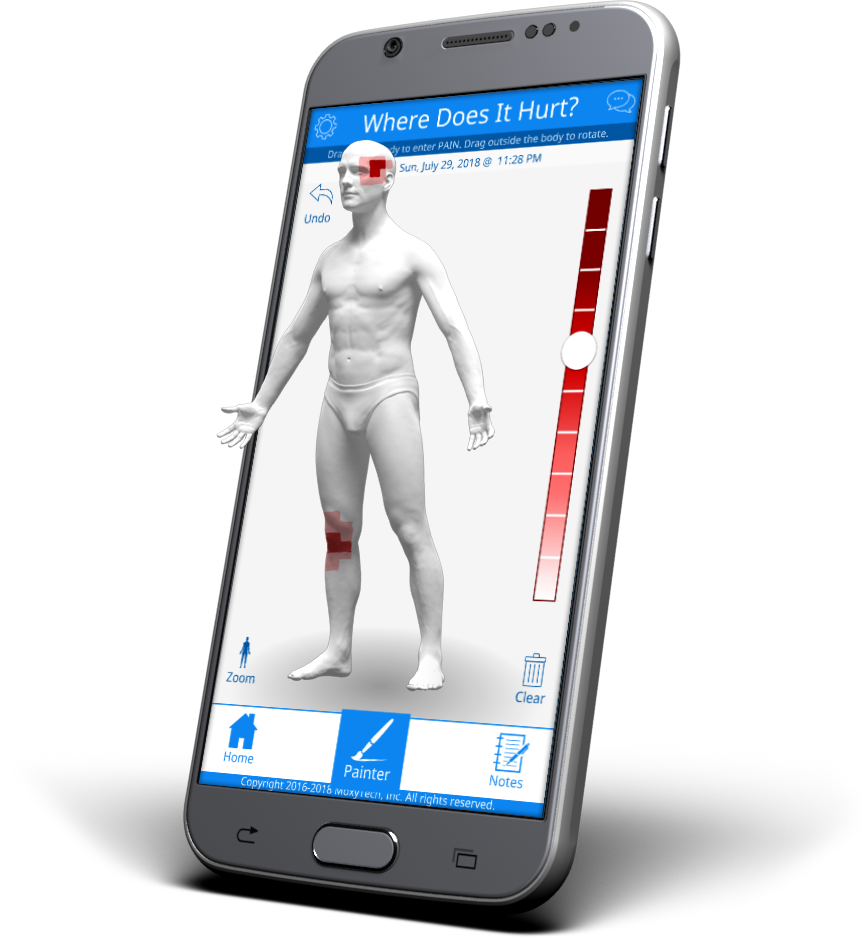Expanded Insurance Coverage ‘Urgent Priority’ for Chronic Pain Patients
/By Pat Anson, PNN Editor
A panel of experts convened by the University of Michigan is recommending expanded insurance coverage and better training of providers to address problems faced by millions of chronic pain patients on long-term opioid therapy. Although improving access to pain care is an “urgent priority,” it took nearly three years for the panel’s recommendations to be developed and released.
“Patients who take opioids for chronic pain face unique challenges in the present opioid policy landscape, including reduced access to care,” wrote lead author Adrianne Kehne, a former researcher at Michigan Medicine who is now a Research Project Manager at U.S. Department of Veterans Affairs.
“While there have been substantial efforts to improve access to care for OUD (opioid use disorder), the needs of this patient population have gone largely unrecognized and unaddressed. Limited access to high-quality care has caused significant distress among both patients and providers, and increasing access is an urgent priority.”
In a paper recently published in the Journal of Pain Research, Kehne and her colleagues said recent efforts to improve access, such as a revised CDC guideline that takes a more flexible approach to opioid prescribing, may not be adequate.
“It remains to be seen how providers and policymakers respond to these new recommendations. The non-binding guideline may not be sufficient to reverse prescribing rules at the state and health system level or significantly change provider behaviors,” they wrote.
A Michigan-based panel of 24 experts, including providers, researchers, regulators, insurers and patients, first met online in September, 2020 to discuss ways to improve access to pain care. Their long-delayed recommendations -- which are only being made public now -- stop well short of reversing policies that discourage opioid prescribing.
Instead, they focus on changing insurance reimbursement policies, to allow providers to spend more time with patients and to offer multimodal, non-pharmacological treatments. Multimodal therapy includes acupuncture, chiropractic care, cognitive behavioral therapy, injected pain therapies and “collaborative care” techniques that are often not covered by insurance.
“In order to encourage more clinics to offer multimodal pain care and increase access for patients who currently don’t receive it, insurance companies and government health coverage programs such as Medicaid need to change how they pay for it,” said senior author Pooja Lagisetty, MD, an assistant professor of internal medicine at Michigan Medicine and the VA Ann Arbor Healthcare System.
“We are starting to see some change, most notably at the VA and in insurance coverage of physical therapy, but more is needed in order for patients and providers to have time to develop individualized approaches, overcome stigma around providing opioid-related care, and for clinics to begin offering non-medication services.”
Other key recommendations of the panel:
Make providers aware of how Michigan’s Prescription Drug Monitoring Program (PDMP) is “used in investigating and disciplining providers”
To reduce stigma, educate providers on the differences between addiction and dependency in patients on long-term opioid therapy
Improve provider education about chronic pain, as well as multimodal and non-pharmacological therapies
Train social workers in biopsychosocial factors involved in chronic pain treatment
Improve provider education and practices to address racial barriers and biases in pain care
Increase recruitment of providers from racial and ethnic minorities
The expert panel study was funded by the Michigan Health Endowment Fund, the National Institute on Drug Abuse and the National Institute on Aging.
Researchers say between 5 and 8 million U.S. patients currently take opioids long-term. That’s down from about 11 million a few years ago. Opioid prescribing in the U.S. has decline by 64% since its peak, and now stands at levels last seen in the year 2000. Despite that historic decline, fatal overdoses have climbed to record levels, fueled primarily by illicit fentanyl and other street drugs.













